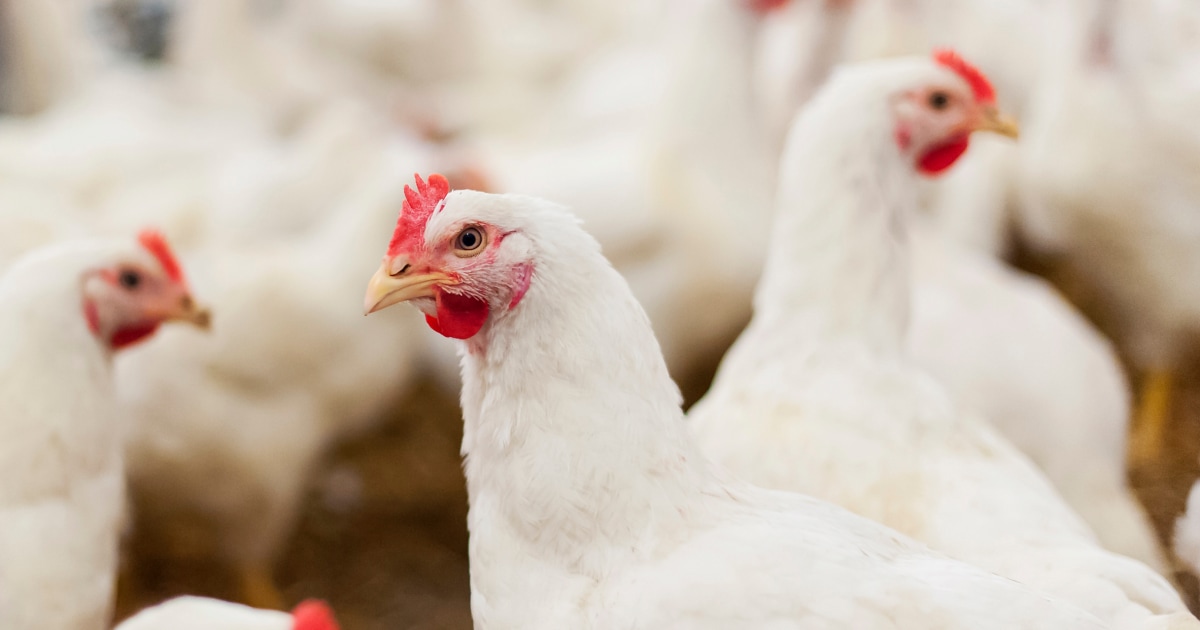Strokes can be divided into two main types: hemorrhagic and ischemic. A hemorrhagic stroke occurs when a blood vessel in the brain ruptures, causing a blood clot that compresses brain cells and disrupts the blood supply. It can be further classified into intracerebral hemorrhage and subarachnoid hemorrhage.
1. Garlic 2. Onion 3.

Shiitake Mushrooms 4. Wheat 5. C orn 6.
Brown Rice 7. G reen tea 8. Longevity Tea With Tian Ma Gastrodia elata (Tian Ma) Solomon’s seal (Yu Zhu) Tuber fleeceflower (He Shou Wu) Red sage (Dan Shen) Mulberry leaves (Sang Ye) 1 liter water This tea helps promote blood circulation, stabilize blood pressure, and prevent atherosclerosis.
Inhibiting inflammation Suppressing cell apoptosis Regulating autophagy Improving metabolism Reducing oxidative stress Modulate gut microbiota According to traditional Chinese medicine (TCM), meridians are the channels through which energy flows in the human body. They are responsible for transporting qi and blood—the fundamental substances that constitute and sustain human life—throughout the body. Along the meridians are specific points known as acupoints, which possess unique functions.
By stimulating the corresponding acupoints through techniques like acupuncture and massage, it is possible to treat diseases related to specific organs. After examining the patient’s head, Dong found that blood had pooled at the top. He quickly took steps to relieve the pressure to prevent the potential rupture of blood vessels.
Dong performed bloodletting at the Baihui acupoint on the top of the head, releasing seven or eight drops of dark blood. He also needled the Yongquan acupoint on the sole of the foot. This combined approach effectively alleviated the patient’s symptoms and provided significant relief.
.



















